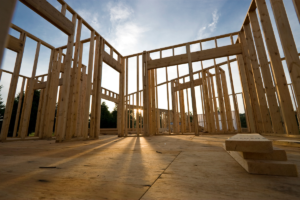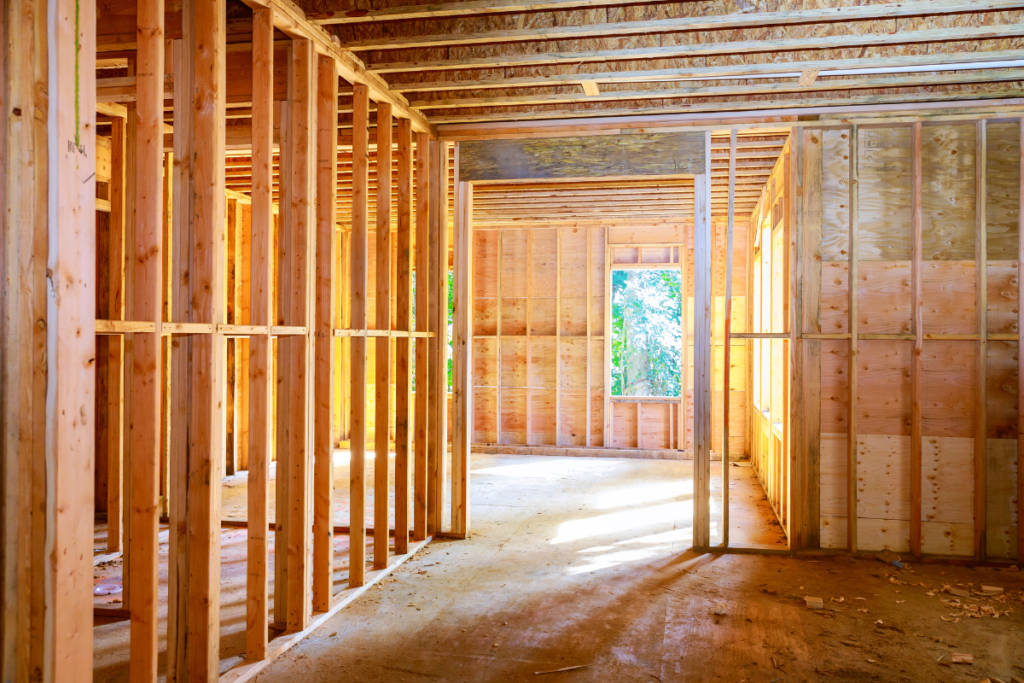 Introduction to Timber Estimating :
Introduction to Timber Estimating :
When it comes to construction and woodworking projects, one of the most crucial aspects is timber estimating. Accurately estimating the amount of timber required for a project can save time, reduce costs, and ensure smooth execution. However, timber estimating can be challenging due to the wide variety of wood types, sizes, and applications involved. A miscalculation can lead to costly overruns or delays in construction. In this article, we will dive into the key aspects of timber estimating, explain its importance, and provide useful tips to streamline the process.
Understanding the Basics of Timber Estimating
Timber estimating is the process of calculating the quantity and cost of timber required for a specific construction project. This process is essential for builders, contractors, and project managers, as it ensures that enough wood is ordered to complete the project without excess or shortages.
Key Factors in Timber Estimating:
- Type of Timber: Different types of wood are used for different applications. Softwoods such as pine or cedar are often used for framing, while hardwoods like oak or mahogany are used for finishes. The type of wood you choose affects both the cost and the quantity needed.
- Sizes of Timber: Timber comes in various dimensions—length, width, and thickness—which all need to be accounted for. The measurements are crucial for determining how many boards or beams are required for the project.
- Wastage Factor: Wood waste occurs due to offcuts, defects, and trimming. Factoring in wastage is critical for ensuring that you don’t run short. A wastage allowance of 5-10% is typical, depending on the complexity of the project.
The Importance of Accurate Timber Estimating
Accurate timber estimating is vital to any project’s success. Here’s why:
- Cost Management: Timber is a significant expense in construction. A well-prepared estimate helps avoid unexpected costs by providing a clear picture of material requirements. Overspending on timber can lead to budget shortfalls, while underestimating can result in project delays.
- Waste Reduction: Estimating too much timber can lead to excess waste, which can be costly and environmentally unfriendly. On the other hand, too little timber can cause delays while waiting for additional materials to be delivered.
- Efficient Planning: Proper timber estimating enables contractors to plan out the stages of the project. With the correct amount of materials on hand, the work can proceed without unnecessary interruptions.
- Sustainable Construction: By calculating precisely how much timber is needed, you contribute to more sustainable building practices. Timber is a renewable resource, but using it efficiently reduces the environmental footprint of your project.
Steps for Effective Timber Estimating
1. Assess the Project Scope
The first step in timber estimating is understanding the scope of your project. Are you building a small deck or an entire house frame? Knowing the details allows you to break down the project into specific timber requirements for each component—such as walls, floors, roofs, and finishes.
2. Take Accurate Measurements
For accurate timber estimating, precise measurements of the project area are crucial. Measure the length, width, and height of each section that requires timber. Be as thorough as possible to minimize the risk of errors.
3. Identify the Types of Timber Required
Once you have the measurements, identify the type of wood necessary for each part of the project. For example, structural components such as beams or joists will require sturdy timber, while finishings might demand a higher-quality hardwood. Consulting with a supplier or a structural engineer can help in choosing the right materials.
4. Calculate the Quantity of Timber
Use the measurements you’ve gathered to calculate the quantity of timber required. This typically involves converting your measurements into cubic meters or board feet. Many online timber estimating calculators can help you with this process. Don’t forget to account for wastage!
5. Factor in Wastage and Extras
No matter how precise your measurements, wastage is inevitable. Account for offcuts, imperfections, and any potential mistakes during construction. Adding 5-10% extra to your estimate ensures you won’t run short.
6. Get Multiple Quotes from Suppliers
Before purchasing timber, obtain multiple quotes from suppliers to ensure you’re getting the best deal. The cost of timber can vary based on the supplier, the type of wood, and current market prices. Make sure to compare both the quality and the price.
7. Track and Adjust the Estimate as Needed
Timber estimates should not be static. As the project progresses, you may find that adjustments are necessary due to changes in design, unforeseen issues, or changes in material costs. Keep track of your timber usage throughout the project, and update your estimate as needed.
Common Pitfalls in Timber Estimating
Even experienced builders can make mistakes in timber estimating. Here are some common pitfalls to avoid:
- Underestimating Wastage: Neglecting to account for wastage can lead to material shortages and project delays. Always add a buffer for cuts, defects, and errors.
- Inaccurate Measurements: Inaccurate measurements at the beginning of the project can result in too little or too much timber. Take your time to measure everything carefully.
- Failing to Consider Timber Grade: Not all timber is created equal. Different grades of timber have different strengths, finishes, and costs. Failing to account for this can result in using inappropriate wood for critical structural components.
- Ignoring Supplier Lead Times: Timber is often ordered in advance, so make sure to factor in supplier lead times when planning your project. Running out of timber mid-project can lead to costly downtime.
Timber Estimating Tools and Software
In today’s digital age, there are numerous tools and software available to help streamline the timber estimating process. These tools can automate calculations, provide material lists, and factor in wastage. Some popular options include:
- Wood Works: A tool designed for timber construction projects, providing material estimates and structural analysis.
- EstimatorXpress: A general estimating software that includes timber estimating features for construction projects.
- Timber tech: A software platform specifically for timber estimating, offering detailed calculations and pricing options.
Accurate timber estimating is a cornerstone of successful construction projects. By taking the time to measure correctly, calculate your needs, and factor in wastage, you can avoid costly errors and ensure that your project runs smoothly from start to finish. Whether you’re a DIY enthusiast or a professional contractor, mastering the art of timber estimating will make your projects more efficient and cost-effective.
Are you looking for the best estimating services in USA?
Look no further than “https://zionestimating.com”
They are offering top-notch services like;
- Construction/cost estimation
- Budget planning
- Material takeoff
- Equipment estimation
and further more!!!
Here are some more information for your convenience:
Phone no. : +1 718-427-9941 || +1 562-383-6177
Email:[email protected]
Visit their blogs and site
https://zionestimating.com for the latest updates and service tips!
